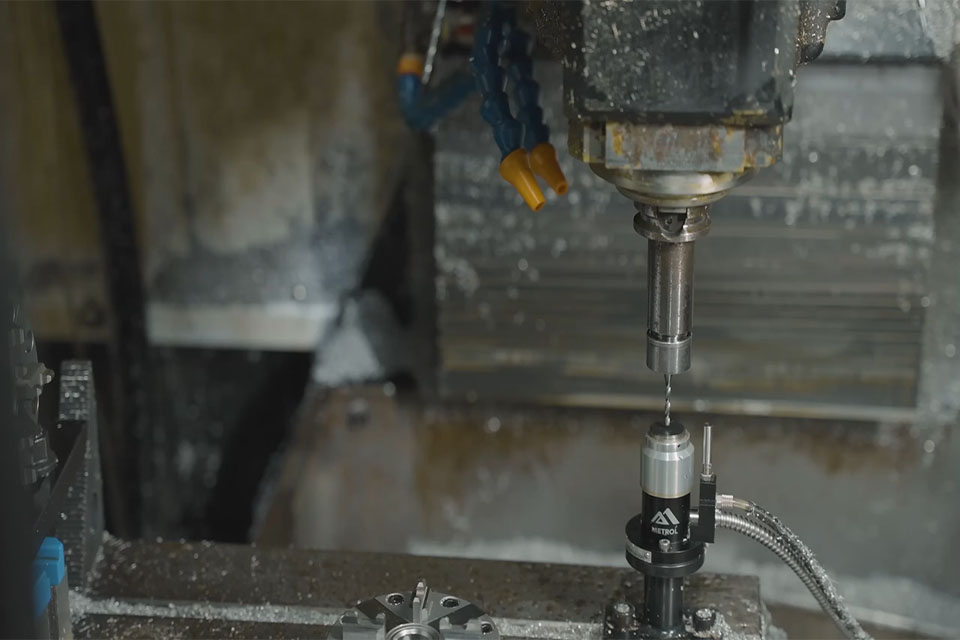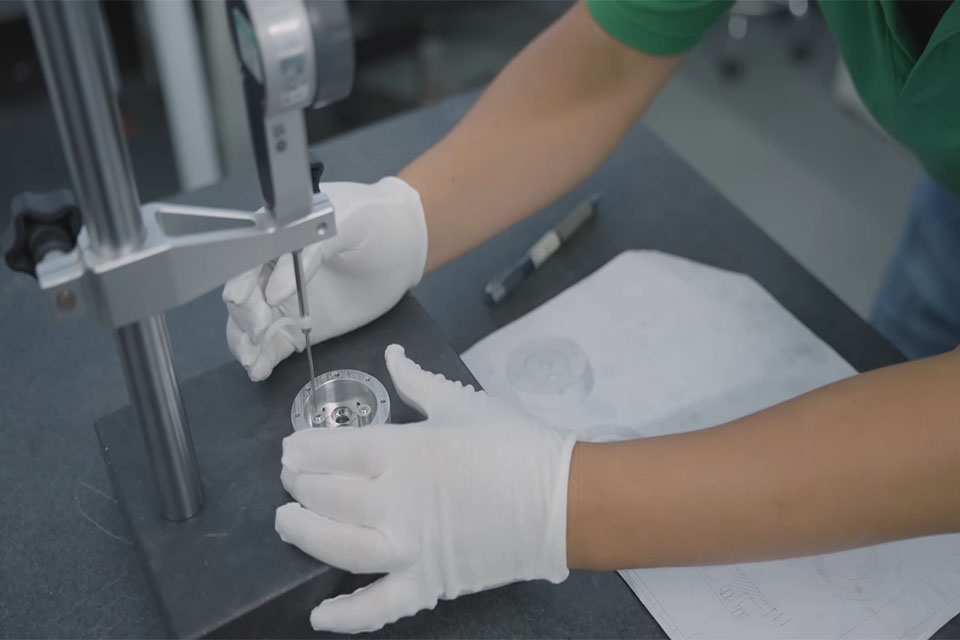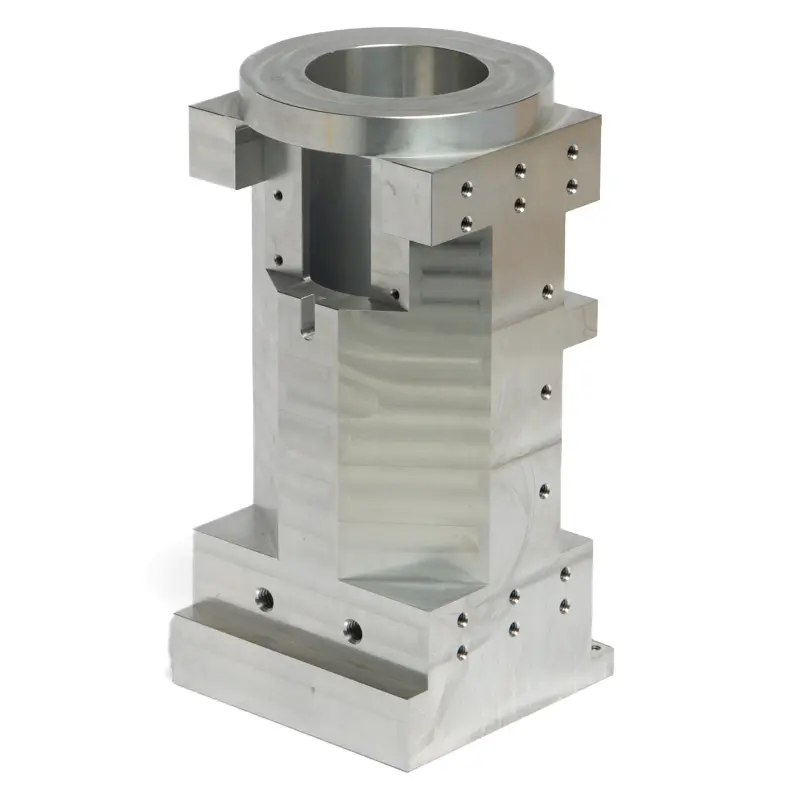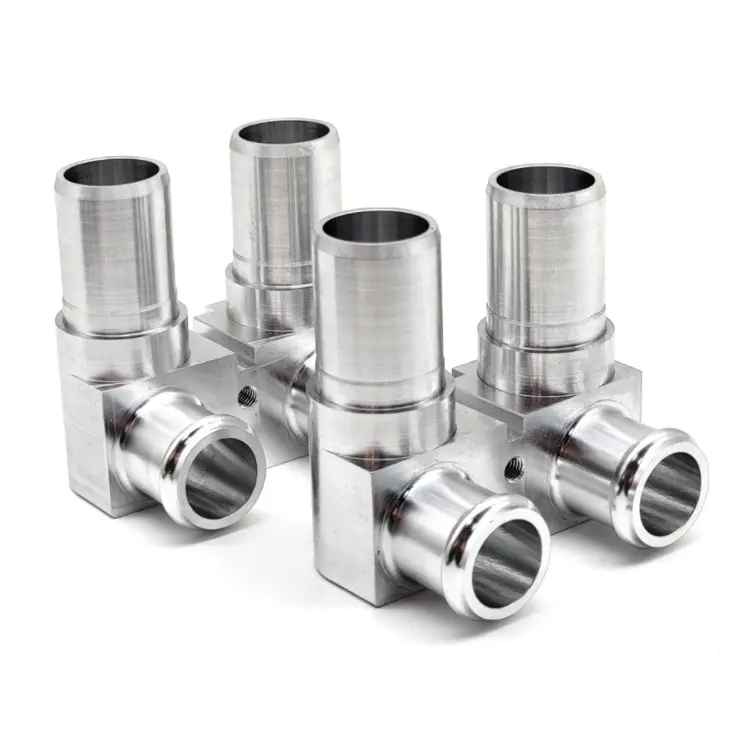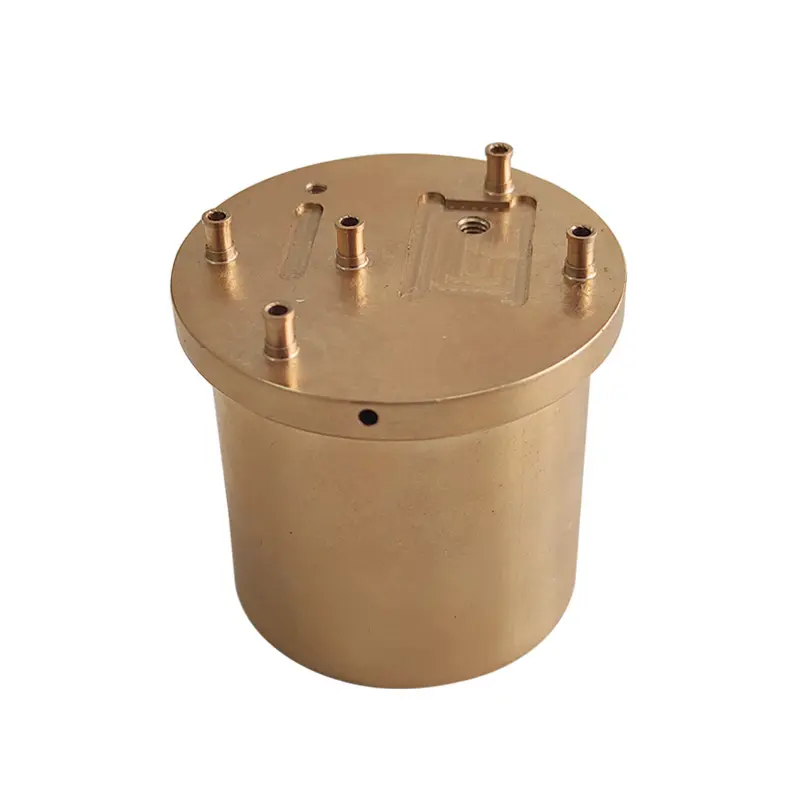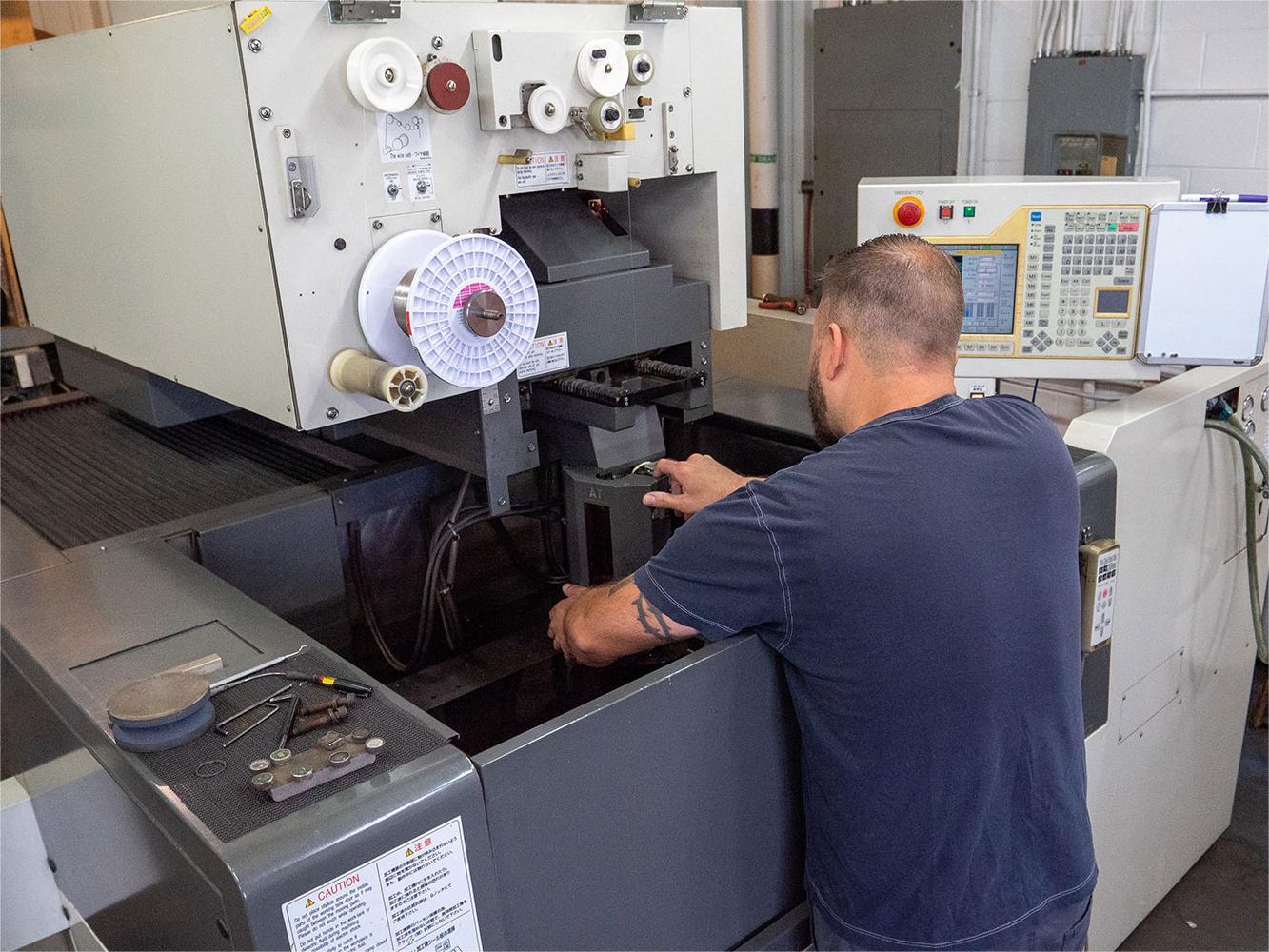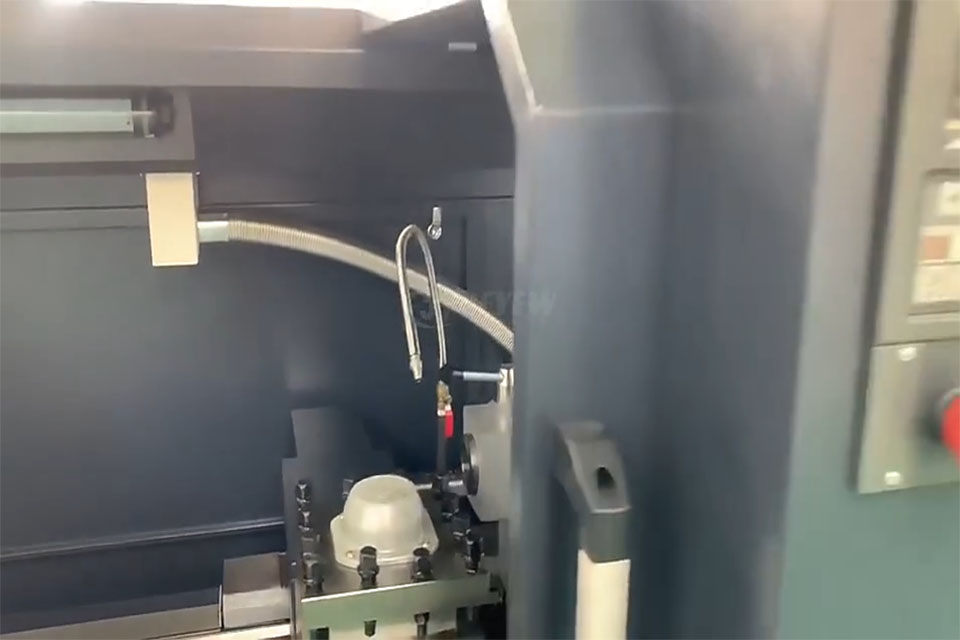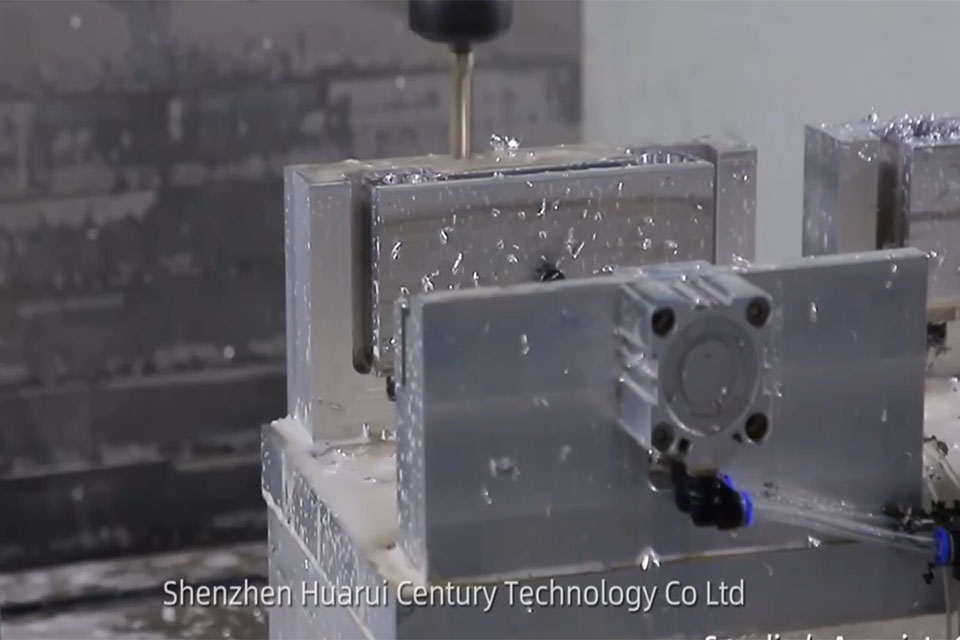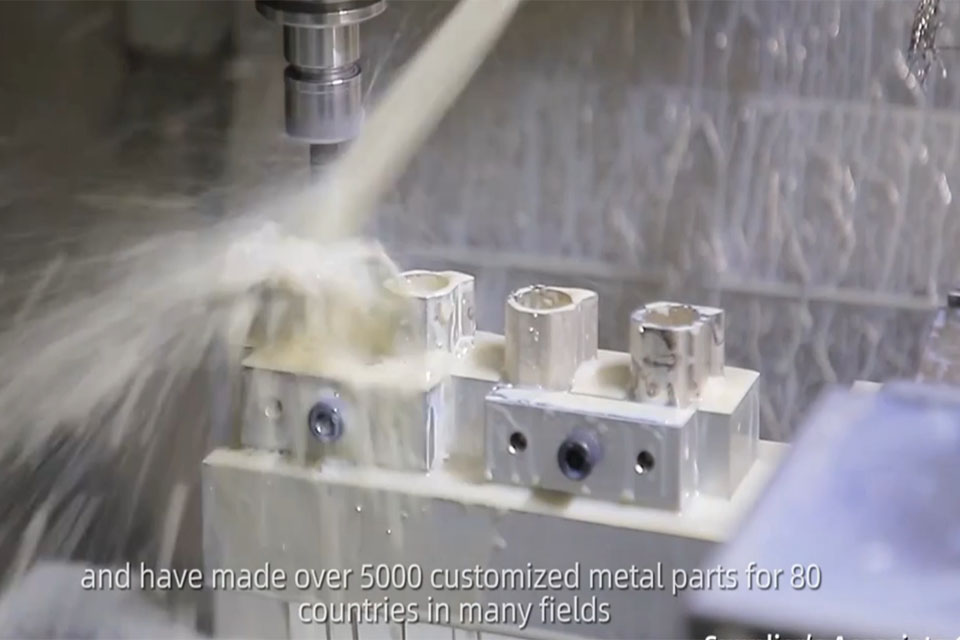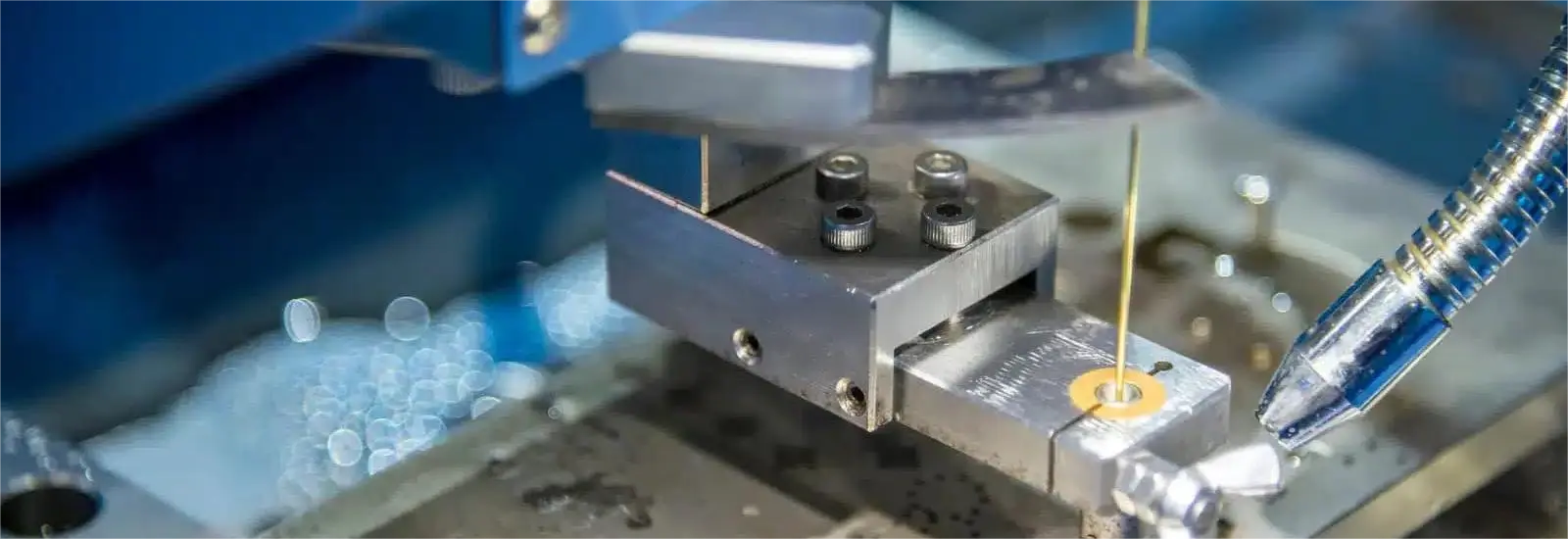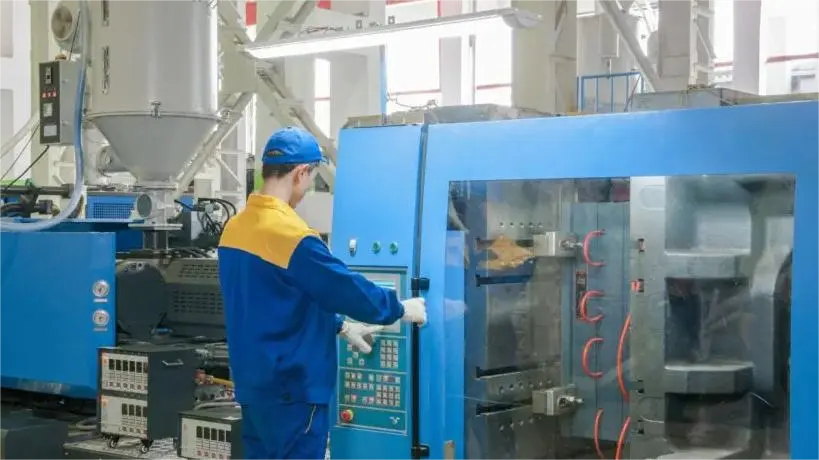
Unlocking the Power of Nickel Plating: Process, Benefits, and Applications
目录
导言
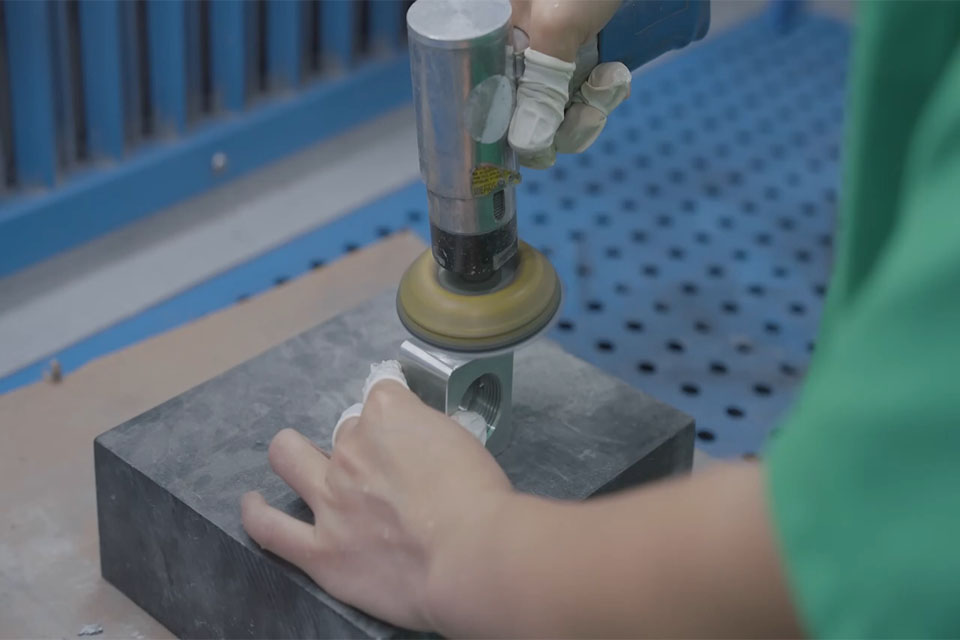
What is Nickel Plating?
Nickel plating involves depositing a thin layer of nickel onto a base material, typically metal or plastic. This process can be achieved through two primary methods:
- 电镀: Uses an electric current to apply the nickel layer.
- 化学电镀: Relies on chemical reactions for uniform coverage, even on complex shapes.
Both methods enhance corrosion resistance, wear resistance, and visual appeal, making nickel plating ideal for functional and decorative purposes alike.
A Brief History of Nickel Plating
The origins of nickel plating date back to the early 19th century when Luigi Brugnatelli conducted one of the first experiments. Later advancements, such as the invention of the Watts bath in 1916, revolutionized the process, enabling consistent and high-quality coatings. Today, innovations continue to refine nickel plating for modern industrial demands.
How Does Nickel Plating Work?
The nickel plating process involves several critical stages:
- 清洁: Removes oils, dust, and contaminants to ensure proper adhesion.
- Masking: Protects areas that shouldn’t receive the coating.
- Heat Treating: Prepares the substrate for better bonding.
- Pickling and Etching: Enhances surface texture using mild acids.
- 电镀: Deposits nickel ions onto the surface via electroplating or electroless methods.
Each step ensures a durable and visually appealing finish.
Benefits of Nickel Plating
Why choose nickel plating? Here are some key advantages:
- 耐腐蚀性: Protects against moisture and chemicals.
- 耐磨性: Extends the lifespan of components exposed to friction.
- Improved Hardness: Ideal for engineering tools and machinery.
- 导电性: Perfect for electronics like connectors and circuit boards.
- 美学魅力: Offers a polished, reflective finish popular in consumer goods.
Chemicals Used in Nickel Plating
The success of nickel plating depends on a precise blend of chemicals:
| 化学 | 功能 |
|---|---|
| Nickel Sulfate | Supplies nickel ions for consistent deposition. |
| Nickel Chloride | Maintains nickel levels during plating. |
| Boric Acid | Stabilizes pH for better adhesion. |
| Sodium Hypophosphite | Enables electroless plating without electricity. |
| Brighteners | Enhances reflectiveness for a polished look. |
Choosing Between Electroplating and Electroless Plating
When deciding between these methods, consider the following factors:
| 方法 | 优点 | 缺点 |
|---|---|---|
| Electrolytic Plating | Economical, adjustable brightness | May lack uniformity on complex shapes |
| 化学电镀 | Consistent thickness, high durability | Higher cost, strict bath control |
For intricate parts requiring uniform coverage, electroless plating is often the better choice. For large-scale production with a focus on aesthetics, electrolytic plating shines.
Applications Across Industries
Nickel plating serves a wide range of industries:
- 汽车: Enhances durability for exhaust systems and trims.
- 航空航天: Protects engine parts exposed to extreme conditions.
- 电子产品: Provides a conductive layer for connectors and circuit boards.
- 消费品: Adds a polished finish to jewelry and household fixtures.
我们的 数控加工服务 offer tailored nickel plating solutions for various sectors, ensuring precision and quality.
常见错误和如何避免这些错误
To achieve optimal results, avoid these pitfalls:
- Inconsistent Cleaning: Always clean surfaces thoroughly before plating.
- Improper pH Control: Monitor and adjust pH levels regularly.
- Skipping Agitation: Use mechanical or air agitation for uniform coatings.
Cost and Time Considerations
The cost of nickel plating varies based on:
- Process type (electroless vs. electrolytic).
- Desired thickness of the nickel layer.
- Substrate material and preparation requirements.
On average, the process takes 30 minutes to several hours, depending on the complexity and desired finish.
Safety and Maintenance Tips
While nickel plating is safe when handled properly, precautions include:
- Wearing protective gear like gloves and goggles.
- Ensuring proper ventilation in the workspace.
For maintenance, clean plated surfaces with mild soap and water, avoiding abrasive chemicals. Regular inspections help identify wear and prevent long-term damage.
Quality Standards and ISO Compliance
Adhering to standards like ISO 4527 ensures consistent quality and performance. These guidelines cover coating thickness, adhesion, and corrosion resistance, making them essential for industries like aerospace and automotive.
结论
Nickel plating is a powerful tool for enhancing both the functionality and appearance of products. By understanding the process, benefits, and best practices, you can make informed decisions that meet your specific needs. Whether you’re in 航天, 车载或 消费品我们的 数控制造服务 provide expert nickel plating solutions tailored to your requirements.
主要收获
- Nickel plating improves corrosion resistance, wear resistance, and aesthetics.
- Choose between electroplating and electroless plating based on your application.
- Proper cleaning, pH control, and agitation are crucial for success.
- Adhere to quality standards like ISO 4527 for reliable results.
- Regular maintenance extends the life of nickel-plated components.
常见问题
Does Nickel Plating Crack?
Yes, under stress or improper conditions, but proper preparation minimizes risks.Does Nickel Plating Rust?
No, but underlying metals may corrode if the plating is damaged.Is Nickel Plating Toxic?
Generally safe for use, though prolonged skin contact may cause sensitivity.Can You Polish a Nickel Plate?
Yes, use non-abrasive polish and a soft cloth for best results.Can Nickel Plating Be Repaired?
Yes, minor scratches can be polished, while deeper damage may require re-plating.
内部链接
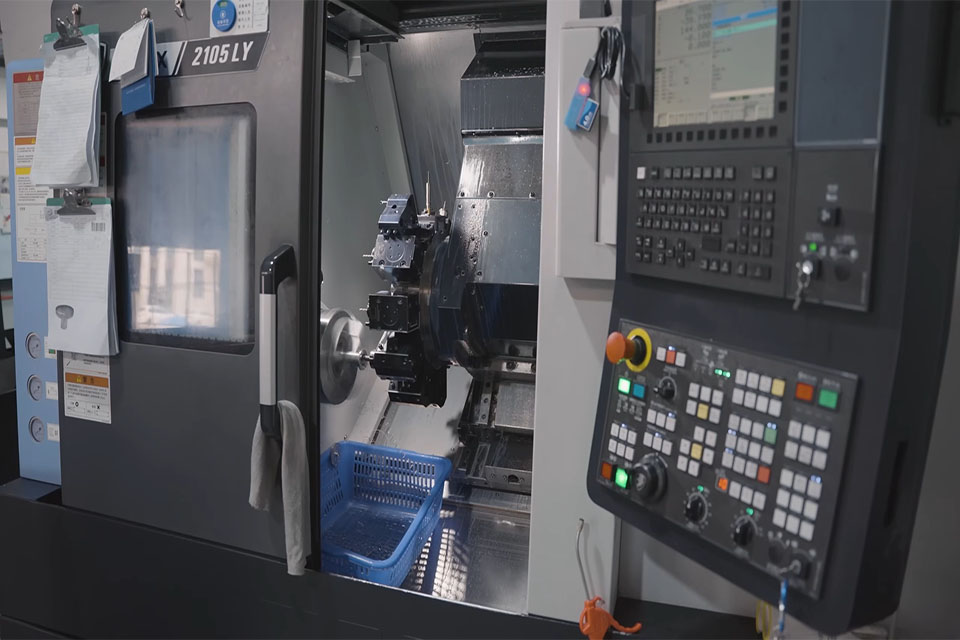
评论
出色的产品案例
标签
相关博客
从我们的博客中获取有关 CNC 加工的最新趋势和事实。

